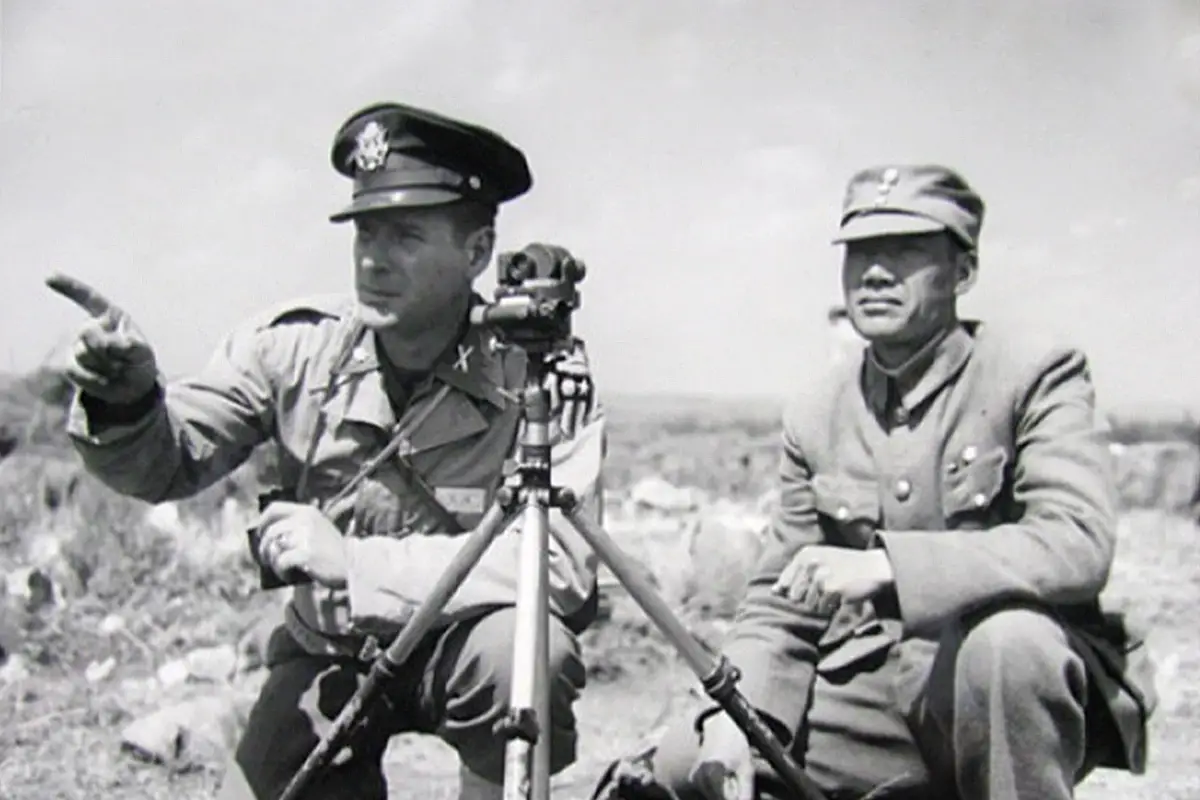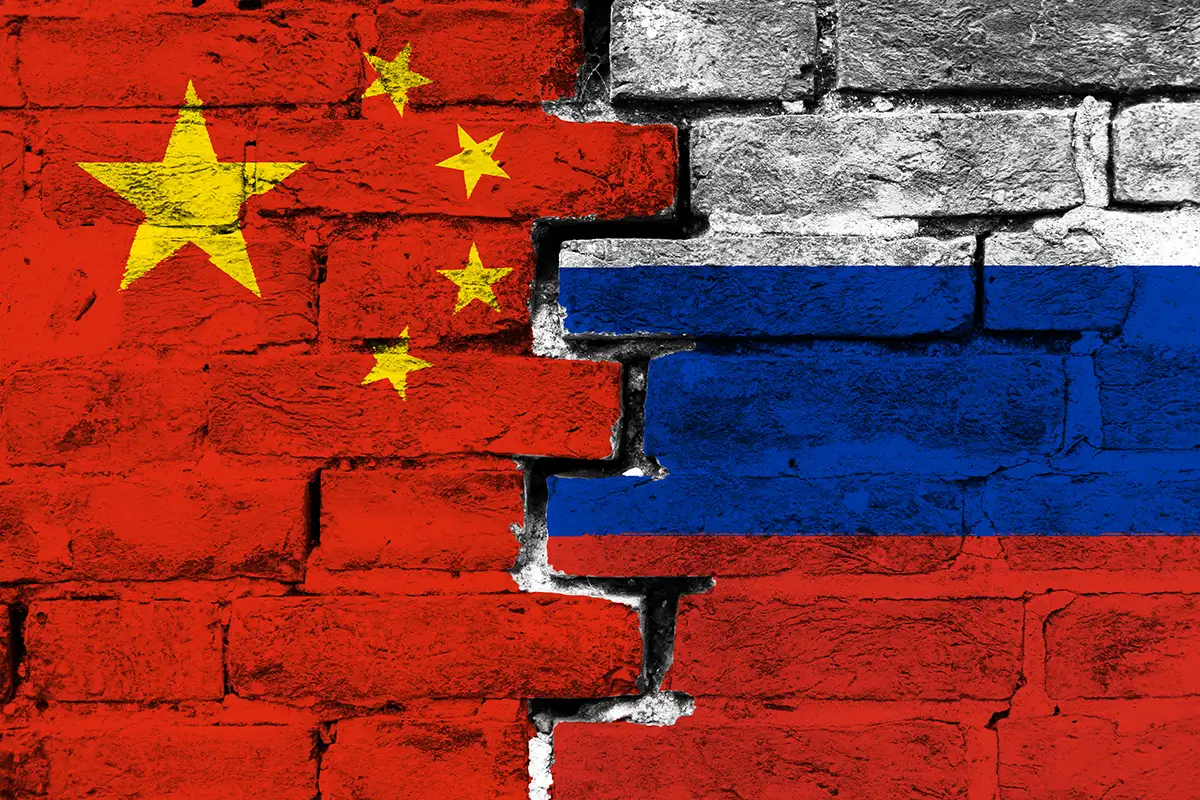The following is an excerpt from an article that appeared just a few months after the end of Desert Storm, in Proceedings, the magazine of the U.S. Naval Institute. The full text of the article is available to USNI members in the Proceedings archive.
In the early morning hours of 17 January, Operation Desert Storm was executed with the commencement of the air campaign. It is well known by now that Desert Storm was planned as a four-phase evolution. The strategic air campaign found all six carriers fully integrated into the structure, together with our Tomahawk cruise missile launch platforms. The choreography of this portion of the campaign was exceptionally well done, and much credit must go to Air Force Lieutenant General Charles Horner, Joint Force Air Component Commander, and his air campaign planners. Using every type of theater-based asset and some from out-of-theater, this precisely timed event placed as many as 1,000 sorties per day on very discrete and carefully planned targets.
Command-and-control and communications facilities, headquarters, power-distribution centers, and early warning radars were primary targets. Our having enough forces to hit this wide range of targets — nearly simultaneously — had a devastating effect on Iraq’s ability to actively engage follow-on strikes with surface-to-air missiles (SAMs) or ground- controlled interceptors. Iraq’s inability to pose a significant threat permitted aircrews to optimize their delivery tactics, to avoid the considerable antiaircraft artillery threat and to reduce the number of combat air patrol (CAP) aircraft required over the target area.
With many of these early flights going to the vicinity of Baghdad, Navy strike aircraft were flying long missions. If one superimposes Baghdad on Detroit, the Red Sea strikes were launching from Little Rock, Arkansas, and the Arabian Gulf strikes from Richmond Virginia — long round-trip flights by any measure. The Red Sea crews were getting five-hour flights with pre- and post-target tanking. That takes a lot of physical and mental stamina.
We launched Tomahawk missiles from the Persian Gulf and Red Sea. This “reach out and touch someone” weapon proved to be a real plus. During periods of bad weather when you needed to keep the pressure on Baghdad, you could continue to keep their eyes (as well as the cameras of CNN) open. The pinpoint accuracy and resultant low risk of collateral damage were what kept this system in the air when others were diverted to secondary targets. The guided-missile cruiser USS San Jacinto (CG- 56) holds the record for launching the first Tomahawk; the destroyer USS Fife (DD-991) was the most prolific shooter; and the USS Louisville (SSN-724) became the first U.S. submarine since World War II to strike in anger. With nearly 300 Tomahawks launched, there is a wealth of data to point us in the right direction for upgrades and/or a follow-on system. The first operational deployment of this system should validate the careful manner in which this program was brought into the fleet. By every measure, this system performed superbly.
While the world through the eyes of CNN was riveted on the air campaign, the Storm-at-Sea was off and running. After reports by strike aircraft of receiving fire from oil platforms, the guided-missile frigate USS Nicholas (FFG-47) with her embarked Army OH-58D (AHIP, Army Helicopter Improvement Program) helos along with a Kuwaiti Navy patrol boat cleared the platforms and captured the first enemy prisoners. (See “Taking Down the Oil Platforms,” page 53, April 1991 Proceedings.) It was learned later that this action caused the Iraqis to begin vacating the remaining platforms and offshore islands. A few days later, a suspected minelayer was caught near Qaruh Island, disabled, and the guided-missile frigate USS Curts (FFG-38) and Navy personnel captured 51 prisoners and raised the U.S. and Kuwaiti flags on Kuwait’s first soil to be freed. (See “When the Liberation of Kuwait Began,” page 51, April 1991 Proceedings.)
The air war turned to the task of destroying Iraqi airfields, SAMs, and chemical/biological warfare facilities. The key objective of this phase was to ensure a threat-free environment over the Kuwaiti theater of operations in anticipation of starting Phase III, battlefield preparation. The elusive Scud ballistic-missile launchers became a real issue, and “Scud CAPs” were created in order to pounce on a launch site before additional launches could be accomplished or the mobile rail launcher returned to a safe hiding area. Scud versus Scud CAP became a true cat-and-mouse game — one that continued right up to the end of the campaign.
Back at sea, the Iraqi Navy, which had remained in port for most of the buildup period, decided to make a run for it instead of being sunk at the pier. Thus on 30 January the Battle of Bubiyan came about, and of the approximately 20 ships that tried to make it to Iran, only one damaged Osa-II missile patrol boat got through it. At this time, there is no explanation why those ships carrying Exocet and Styx antiship missiles went to the bottom, rather than try for a lucky hit. The stage was now set to conduct minesweeping and amphibious operations, with Silkworms posing the primary threat.
The Iraqi Air Force had run, their navy had tried to run, and all that remained were their ground forces. The tempo of sorties increased to hundreds a day; then on 24 February, the ground campaign launched. Several amphibious assault options were available, but it was necessary only to use feints to hold the Iraqi defenses in position. Visiting the Kuwaiti coastline, one can see how strongly Saddam Hussein was convinced that the allies were going to come ashore. In their shore-bombardment role, the battle wagons were superb. More than 1,000 16-inch projectiles rained down on the Iraqi positions. At the end, Iraqi soldiers were even surrendering to the remotely piloted vehicles. Getting the battleships into firing position through the previously swept minefields cost us hits on the USS Tripoli (LPH-10) and Princeton (CG-59), but their heroic crews kept them in the fight until we could relieve them and get them into local shipyards for repair.
When all the analysts start to pick Desert Storm apart they must carefully understand and account for the boundary conditions: modern port facilities, large and numerous airfields, and an enemy whose military did not believe in their mission and who never gave it their best shot. We should never overestimate the success of our weapon systems, but we must never underestimate the quality, dedication, and confidence of our fine young men and women. No matter what level of effort Saddam could have thrown at our Coalition forces, the outcome would have been the same — An Allied Victory.



